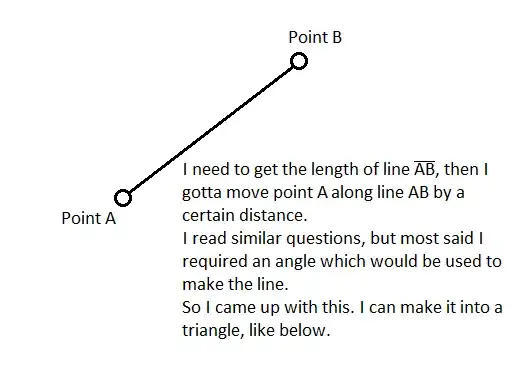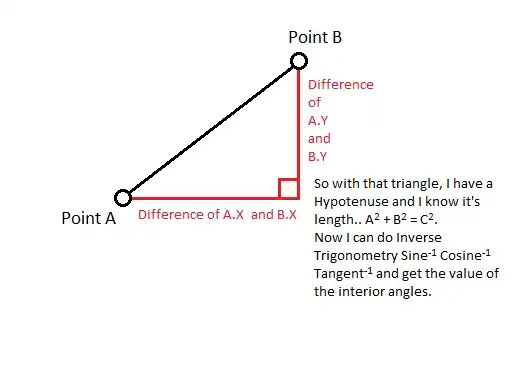Sorry, can't post images if my rep is below 10, and can't post more than 2 links. I removed the http section so it won't count as a link. I hope this isn't against forum rules, I'm not hurting anyone.



I checked other questions, like this one (A line moving along the hypotenuse of a right triangle) but the answer was too complicated for me to understand. If someone can explain it again, can you please do it in simpler terms?